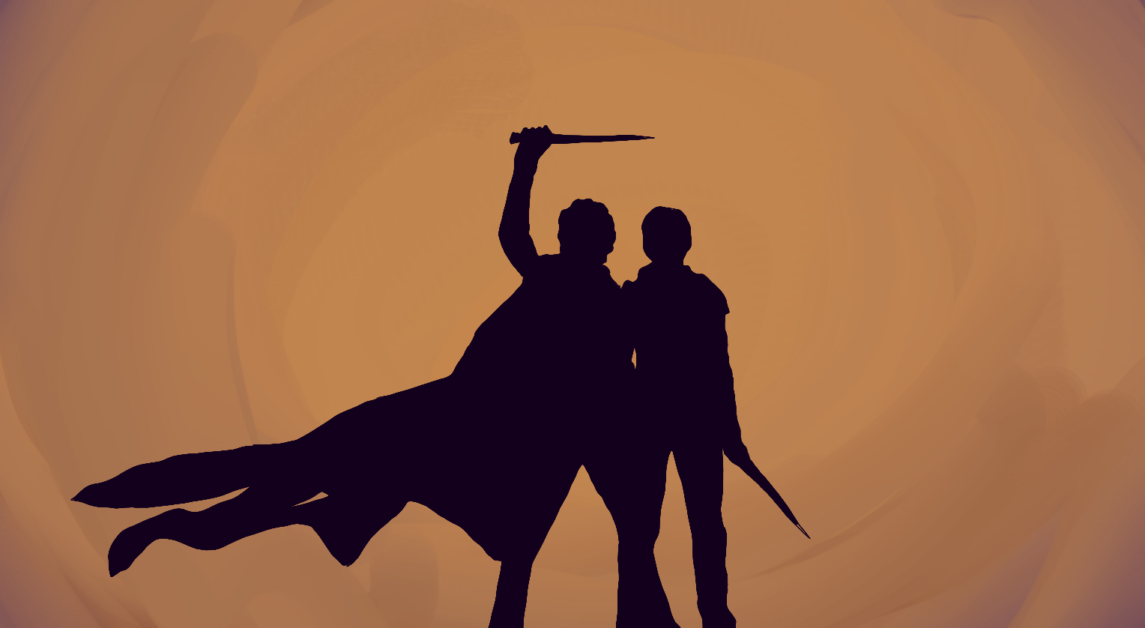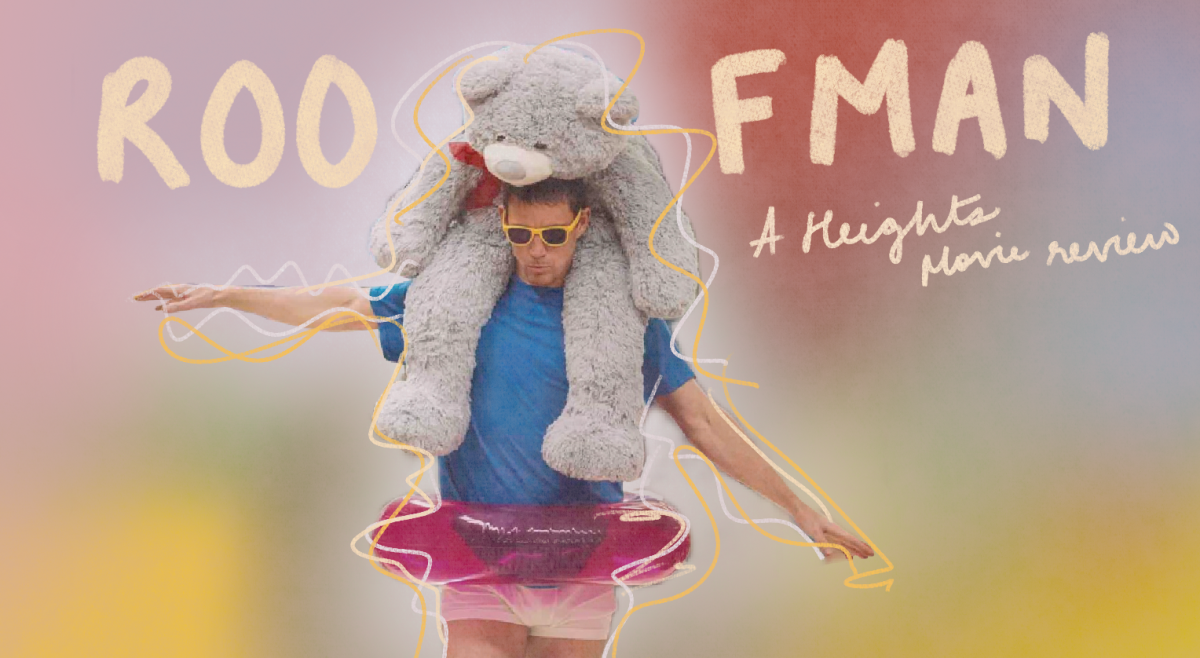★★★★★
Dune: Part Two has become a household name, as one of 2024’s most anticipated movies. Following the 2021 of Frank Herbert’s Dune the sequel promised a sci-fi fantasy filled with fun. The sequel resumes shortly after the first movie’s ending and delivers an engaging plot and stark visuals. Except this time, director Denis Villeneuve has gone bigger, bolder, and better in the masterpiece that is Dune: Part Two.
Typically, book adaptations are meant to be taken very cautiously as a bad movie adaptation is often detrimental for directors who recreate the original source material. Despite the clear liberties Villeneuve has taken in transporting the Dune universe to the big screen, his film adaptation keeps the original story recognizable, while including enjoyable novel elements for book fans.
Dune: Part One follows Paul Atreides (Timothée Chalamet), son of Duke Leto Atreides (Oscar Issac), and his concubine Lady Jessica Atreides (Rebecca Ferguson). Paul struggles with the weight of the crown he must live to fulfill. On orders from the Emperor (Christopher Walken), the family prepares to vacate their home planet to an inhospitable desert planet: Arrakis, or Dune.
Upon arriving everything quickly goes south when the members of House Atreides are murdered by their enemies, the villainous House Harkonnen. With Paul’s father dead, Paul and Jessica escape to the desert and find an alliance with the Fremen, a group of desert natives who are familiar with the harsh desert conditions.
Dune: Part Two opens under this context.
The first hour of Dune: Part Two is filled with action-packed battle scenes that counter the terrifying Harkonnen military and the Fremen combatants, who literally emerge from the ground to kill.
This discourse, however, does not stop Paul and Chani’s (Zendaya) inevitable romance from growing as the pair grows closer. Despite the minimal dialogue the couple exchanges, their romance provides a warm and humanizing balance to an otherwise violent story.
As the story continues, Paul works to infiltrate Fremen culture as he passes the challenges the Fremen points his way: he learns to ride a worm and is given the tribal name of Muad’Dib.
Meanwhile, Jessica works to become the Bene Gesserit Reverend Mother as rumors of Paul being the next messiah who will save the Fremen spread like wildfire. The message spreads to other Fremen all over the planet, even making its way to the Emperor and his daughter, Princess Irulan (Florence Pugh), creating enemies such as the terrifying Feyd-Rautha Harkonnen (Austin Butler).
Dune: Part Two earns viewers’ attention with themes of anti-colonialism, trade wars, and the relationship between religion and politics, while even featuring a talking fetus.
Moreover, Dune: Part Two represents one of Villeneuve’s best works to date, surpassing the acclaimed Blade Runner 2049. The movie’s wide shots capture the sheer scale of the Arrakis desserts helping to engulf the audience in the unfamiliar and overcoming planet. For example, Paul’s first time riding a sandworm is captured in an overwhelming and paralyzing wide shot, immersing the audience in the tension of Paul’s struggle. The film also lets viewers access the emotional turmoil that Paul experiences with close-up shots capturing the intimate moments between friends, family, and lovers.
In stark contrast the scenes on the Harkonnen planet are bone-chilling. The noir-esque black and white cinematography paired with the demonic and totalitarian aesthetic of Harkonnen society is terrifying. Overall, the film is continuously breathtaking, making it visually one of the best-looking blockbuster films in modern cinema on top of its amusing synopsis.
Dune: Part Two brings a new standard of what book adaptations, sci-fi movies, and overall cinema ought to be. While it may not be an exact book-to-screen adaptation, the auteur approach to this film reaffirms the audience’s faith in future films through the well-thought-out plot, characters, and amazing visuals.













